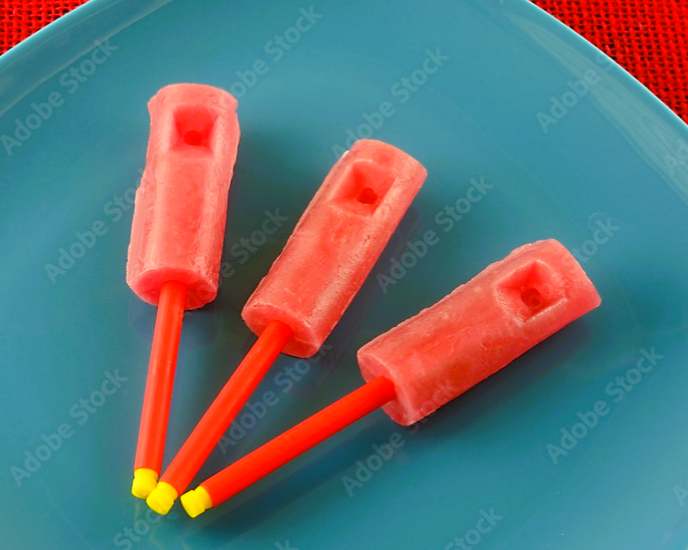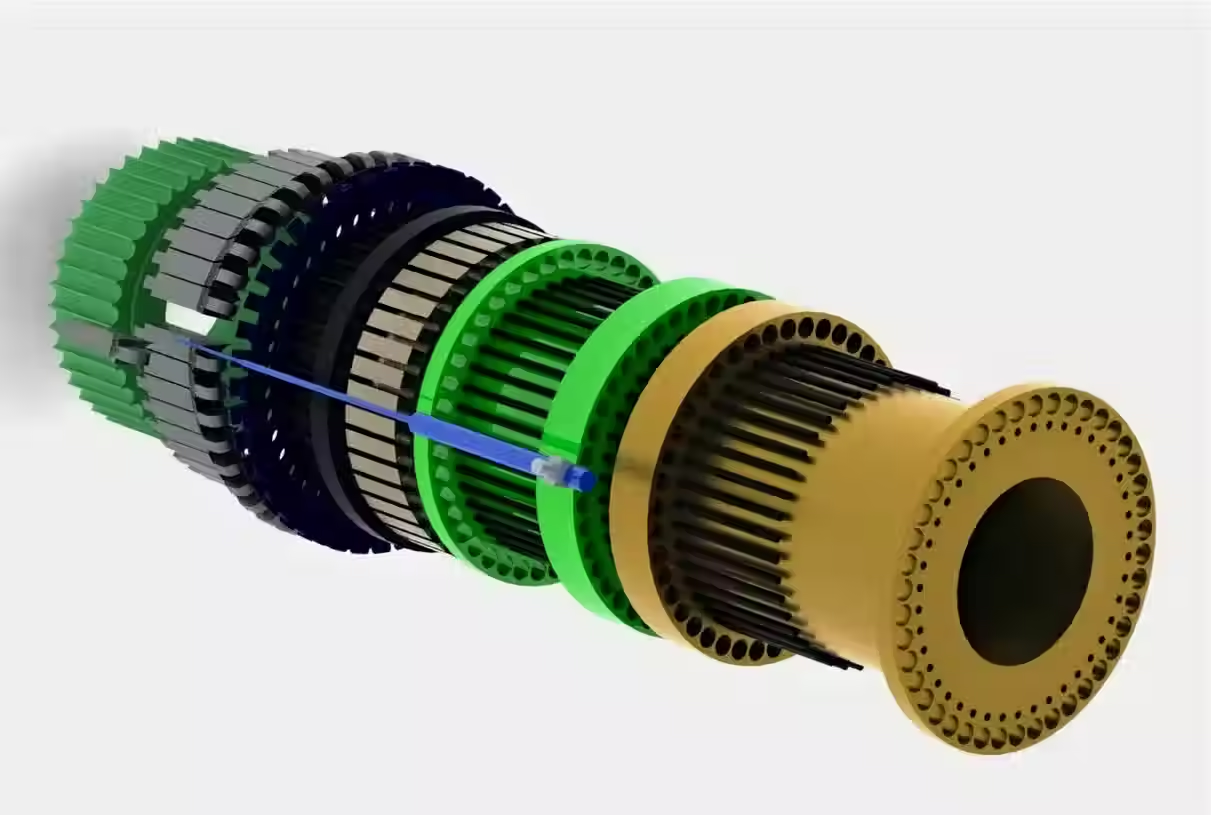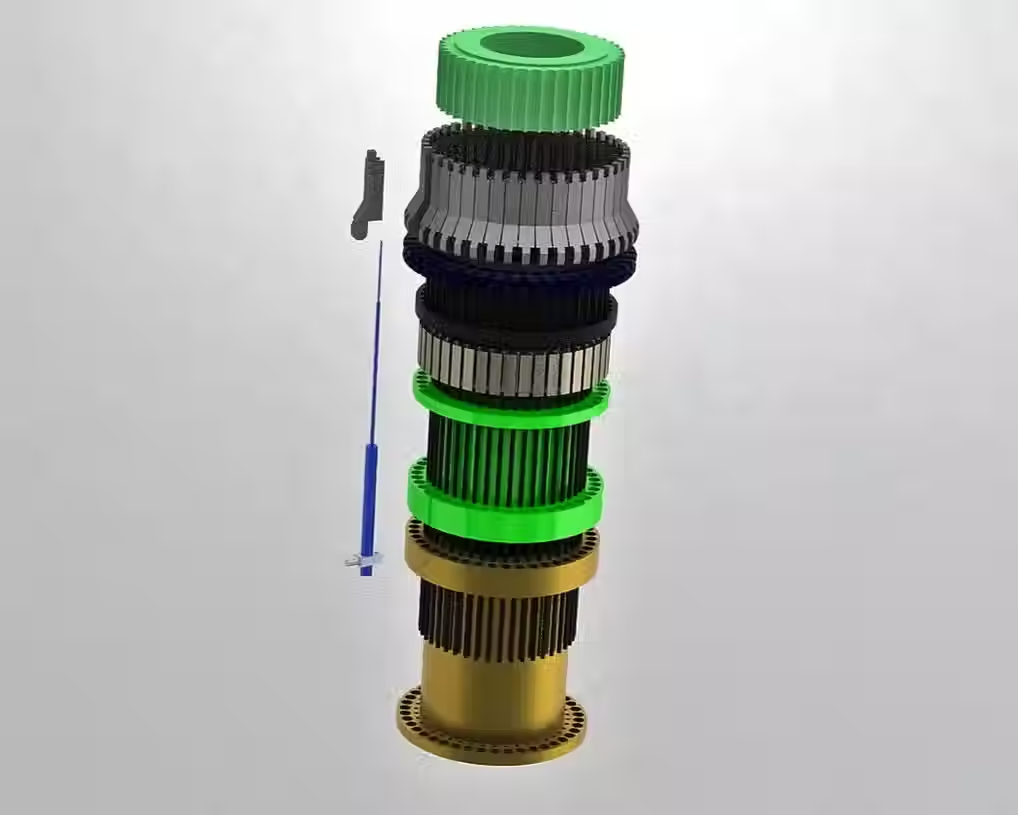

[08]
2025
Project
[Design]
Result Product
Illustrative concept to demonstrate methods; parameters are intentionally generic. Any resemblance to real designs is coincidental. Content policy: T&Cs.
[08]
2025
Project
[Design]

Whistle Candy : Product Geometry
Illustrative concept to demonstrate methods; parameters are intentionally generic. Any resemblance to real designs is coincidental. Content policy: T&Cs.
[08]
2025
Project
[Design]

Exploded View of Single Punch Press of the Barrel-Die Machine
Illustrative concept to demonstrate methods; parameters are intentionally generic. Any resemblance to real designs is coincidental. Content policy: T&Cs.
Investment Casting Machine Design
[08]
2025
Project
[Design]
Range of Visal Facets and Variations of Project.
Illustrative concept to demonstrate methods; parameters are intentionally generic. Any resemblance to real designs is coincidental. Content policy: T&Cs.

Investment Casting-Barrel Die Press Machine
Design and build a whistle‑candy barrel die‑press that employs 42 rotating slot segments at ~100 rpm to mould hot syrup into whistle‑shaped candies, achieving aggressive OEM cost targets through sand‑cast prototypes and investment‑cast production tooling.
Working Details
Phase 1: Requirements & Budget Alignment – Engaged with the client to quantify throughput, cavity geometry, and lifetime expectations while working within a tightly capped capital budget typical of OEM confectionery suppliers. Cost‑down levers; including modular sub‑assemblies and local material sourcing; were identified early.
Phase 2: Cam Profile Formulation – Devised incremental segment hole punches via SVAJ analysis to shape a Critical Extreme Position (CEP) cam. The profile orchestrates a complete punch cycle across 21 active slots, while the complementary 21 slots reset the mechanism for continuous syrup intake, preventing cavity overfill.
Phase 3: Structural Design & Stress Audit – Modelled the 42‑segment barrel, cam, and slot punches in SolidWorks, then validated torsion and hoop stresses in Altair. A sand‑cast aluminium prototype confirmed manufacturability; final tooling used investment‑cast 316 L stainless for corrosion resistance and dimensional fidelity.
Phase 4 : Precision Machining & Modular Assembly – Individual punches were carved on VMC, HMC, and CNC lathes directly from G‑code, adhering to DFA/DFM principles for rapid change‑out. The 500 mm‑long barrel, weighing ~38 kg, assembles with keyed modules to facilitate maintenance and future cavity redesigns.
Factory acceptance trials demonstrated consistent mould fill, clean ejection, and dimensional tolerance within ±0.05 mm over 16‑hour endurance runs, validating both CEP timing and mechanical robustness.
Tools and Skillset
Investment & sand casting process design
Die‑press DFM/DFA strategies
SVAJ & CEP cam synthesis
SolidWorks and Altair torsion/hoop stress FEA
VMC/HMC G‑code programming
Modular punch fabrication & assembly
Material property & HB/HK/Vickers hardness testing
OEM cost‑optimisation & production scaling

































